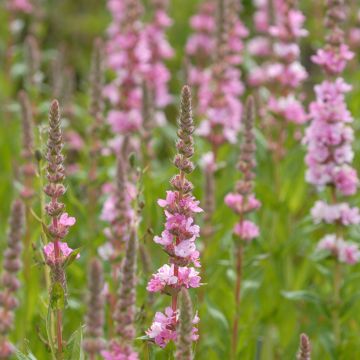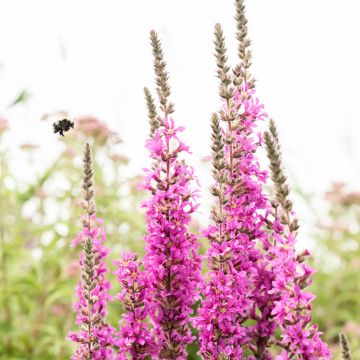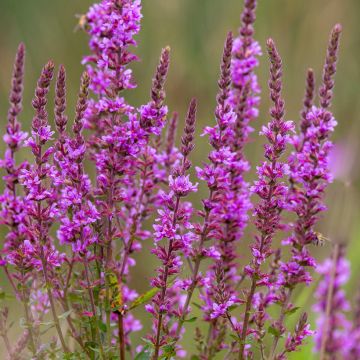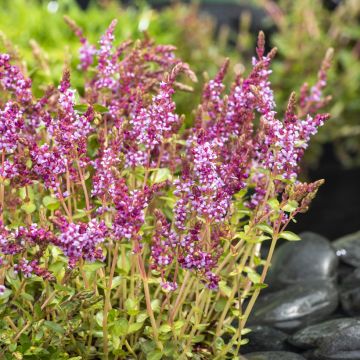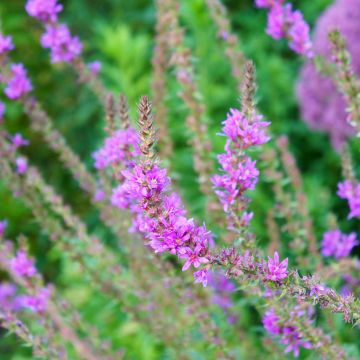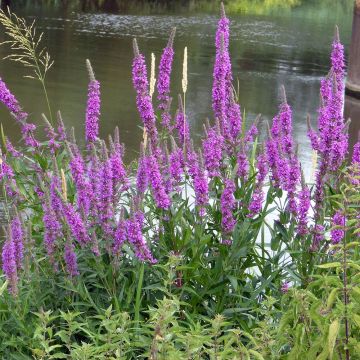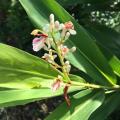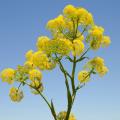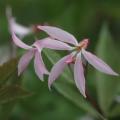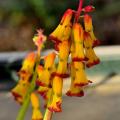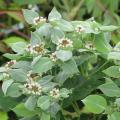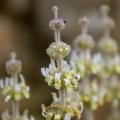Lythrum - Purple loosestrife
Would this plant suit my garden? Set up your Plantfit profile →
Available in 1 sizes
Available in 2 sizes
Available in 3 sizes
Available in 3 sizes
Available in 1 sizes
Available in 1 sizes
Available in 1 sizes
Available in 1 sizes
Lythrum, also known as purple loosestrife, are represented by about 35 species of perennials and annuals from the Lythraceae family. Among them, Lythrum salicaria, the common purple loosestrife of our wetlands, is the most familiar to us. Recognizable by its long flowering spikes that sometimes rise up to 1.50 m (5ft) from the ground in summer, this European bushy species has other beautiful cousins like Lythrum virgatum, less known but perhaps even more spectacular at its 1.80 m (6ft). In these plants, the flowering, which occurs in summer, ranges from white to crimson red, passing through various shades of pink and mauve, depending on the species and varieties. Some even have purple foliage, like Lythrum virgatum 'The Rocket'. Whether creeping or almost shrubby, purple loosestrife plants are always hardy perennials that thrive in more or less moist to marshy soils. They also thrive in any good garden soil that stays damp in summer. Their above-ground vegetation disappears in winter and regrows in spring. Where they thrive, purple loosestrife can even become invasive, especially near water sources. They naturally associate with Lysimachia, rodgersias, meadowsweets, meadow rues, Miscanthus, reed maces, and other wetland edge perennials.
Haven't found what you were looking for?





































